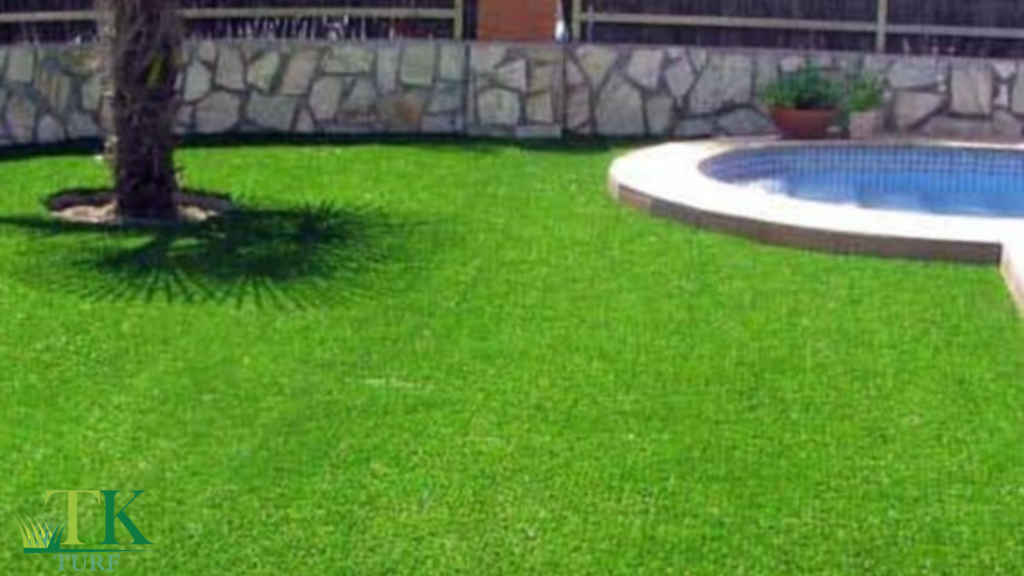In recent years, the demand for eco-friendly landscaping solutions has skyrocketed, and astroturf (synthetic grass) has emerged as a popular choice for homeowners, businesses, and sports facilities alike. Known for its low-maintenance and durability, astroturf offers several environmental benefits that make it a sustainable alternative to natural grass. In this blog post, we will explore the key environmental advantages of astroturf and why it’s becoming a go-to option for eco-conscious property owners.
1. Water Conservation: Reducing Water Usage in Landscaping
One of the most significant environmental benefits of astroturf is its ability to conserve water. Traditional lawns require constant watering to stay green, especially in hot, dry climates. By switching to astroturf, homeowners and businesses can drastically reduce their water consumption. In fact, a synthetic lawn can save thousands of gallons of water each year, making it an excellent choice for regions experiencing water shortages or droughts.
2. Eliminating the Need for Harmful Pesticides and Fertilizers
Maintaining a natural grass lawn often involves the use of pesticides, herbicides, and fertilizers, all of which can have a negative impact on the environment. These chemicals can seep into the soil and nearby water sources, harming wildlife and contributing to pollution. Astroturf eliminates the need for such products, helping to reduce chemical runoff and promote a cleaner, healthier environment.
3. Reducing Carbon Emissions from Lawn Equipment
Traditional lawn maintenance requires the use of gasoline-powered equipment such as mowers, trimmers, and leaf blowers, which produce significant carbon emissions. In contrast, astroturf doesn’t need to be mowed, trimmed, or edged, drastically reducing the use of polluting lawn equipment. This helps lower your carbon footprint and contributes to cleaner air quality.
4. Decreasing Urban Heat Island Effect
Astroturf can also play a role in mitigating the urban heat island effect, a phenomenon where urban areas experience higher temperatures due to the prevalence of concrete, asphalt, and other heat-absorbing materials. Unlike concrete or asphalt surfaces, astroturf doesn’t retain as much heat, and modern artificial grass designs are often cooler to the touch than natural grass. This can help lower overall temperatures in urban environments and make outdoor spaces more comfortable, especially during hot summer months.
5. Sustainable Landscaping Solution with Long Lifespan
Astroturf is designed to last for many years, with modern installations often remaining functional and aesthetically pleasing for 15-20 years or more. This longevity means fewer resources are used to maintain or replace the turf, making it a sustainable option over time. Additionally, many synthetic turf manufacturers now offer recyclable options, allowing for a more environmentally friendly end-of-life disposal.
6. Erosion Control and Soil Preservation
In areas prone to erosion, such as sloped landscapes, astroturf can provide a stable surface that helps prevent soil erosion. Unlike natural grass, which can wear away over time due to heavy rainfall or foot traffic, synthetic grass remains intact, helping to preserve the underlying soil and reduce the need for costly repairs or additional landscaping measures.
7. Reducing Waste with Low-Maintenance Lawns
With astroturf, there’s no need to regularly trim, cut, or rake the lawn, which reduces green waste. The elimination of grass clippings and other organic waste associated with traditional lawn care helps minimize landfill contributions and promotes a cleaner environment. Additionally, because astroturf doesn’t die off like natural grass, there’s no need to reseed or replant, further reducing waste.
8. Eco-Friendly Sports Fields and Recreational Areas
Astroturf has become a popular option for sports fields and recreational spaces due to its durability and ability to withstand heavy use. Unlike natural grass, which requires constant upkeep and water, astroturf can handle high foot traffic without becoming damaged or patchy. This not only helps save water but also reduces the need for fertilizers and frequent maintenance, making it a greener option for athletic fields.
Conclusion
Astroturf offers numerous environmental benefits that make it a sustainable alternative to traditional grass. From conserving water and reducing chemical usage to lowering carbon emissions and preventing soil erosion, synthetic grass provides a practical solution for eco-conscious property owners. Whether you’re considering astroturf for your residential lawn, commercial property, or sports field, the long-term environmental advantages make it a smart choice for those looking to reduce their environmental impact while still enjoying a beautiful, green space.
If you’re interested in learning more about the environmental benefits of astroturf or want to explore installation options, contact a local professional to see how synthetic grass can transform your outdoor space while helping the planet.


Recent Comments